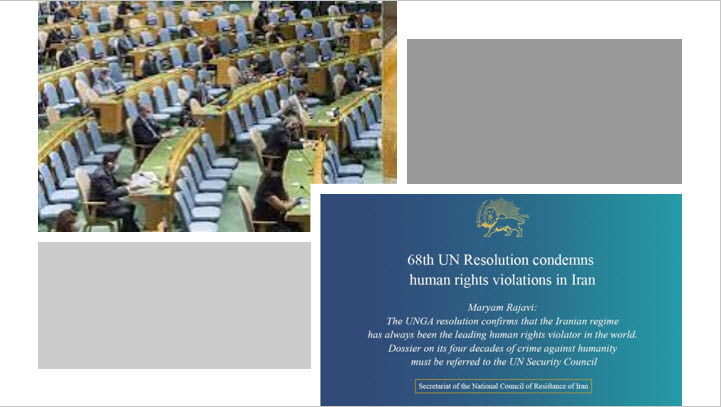
This resolution once again demonstrated that Iran’s regime has never stopped violating human rights.
The 76th session of the United Nations General Assembly adopted the 68th UN Resolution denouncing Iran’s grave and systematic human rights violations on December 17. This resolution once again demonstrated that Iran’s regime has never stopped violating human rights. The nomination of human rights violators like President Ebrahim Raisi and Mohseni Eje’i to high positions in Iran exemplifies what has been dubbed Iran’s “crisis of impunity.”
The increase in the number of executions since June 2021
Protests erupted in Iran in 2021 as a result of the country’s economic and social problems. Three large demonstrations lasted many weeks. After the regime’s security forces gunned down dozens of destitute fuel carriers on February 22, 2021, riots erupted in Sistan and Baluchistan province, southeast Iran. Despite the presence of the regime’s security personnel, residents of Saravan rose up and clashed with the regime’s oppressive troops on February 23. They also took control of the governorate.
The latest crackdowns on protests, as well as the increase in the number of executions since June 2021, are evidence of Iran’s deteriorating human rights situation on the one hand and show the governing clerics’ desperation on the other. Fearing additional civil unrest that could lead to the overthrow of his dictatorship, Khamenei and his officials implemented the illegal Covid-19 policy. To counter the flood of uprisings, the authorities employed a strategy of huge human casualties.
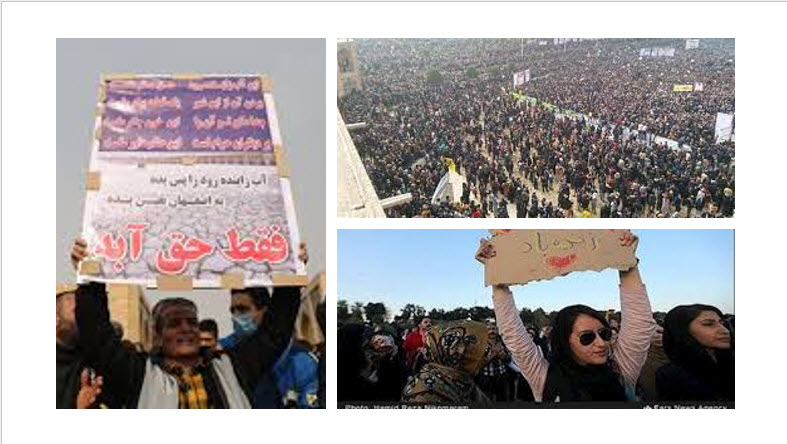
At the same time, the regime’s Friday prayer organizers advised Isfahan residents against participating in any Friday protests.
This virus was described by Khamenei as a “test” and a “blessing,”
This virus was described by Khamenei as a “test” and a “blessing,” and his regime authorities hid its existence in Iran for months before finally announcing its arrival. This policy peaked in January 2021, when Khamenei issued a ban on licensed American and British vaccines, citing conspiracy theories as justification. The year 2021 ended with a significantly increased number of executions. According to Iran HRM, there were 357 executions in Iran in 2021, which is 107 higher than in 2020. The true figure is substantially higher, as the Iranian regime covertly executes a large number of people. At least seven women and three juvenile offenders were hung in December.
Aside from executions, the Iranian authorities executed political prisoners in secret. “Suspicious deaths” is the term for this phenomenon.Behnam Mahjoubi, a Gonabadi Dervish, died in February 2021. Following food poisoning in Evin Prison, he was transported to the hospital. He was declared dead in Tehran’s Loghman Hospital eight days later, on February 21. Behnam was refused medical attention by the dictatorship on purpose.
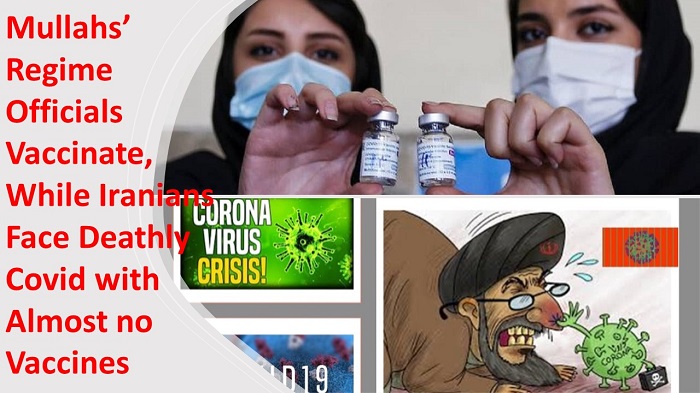
Officials Vaccinated, while Iranians Face Deathly Covid with Almost no Vaccines.
Raisi was a key figure in the regime’s massacre of 1988
Raisi was a key figure in the regime’s massacre of over 30,000 political detainees in 1988, the majority of them were members and sympathizers of the People’s Mojahedin of Iran (PMOI / MEK Iran).
“That Ebrahim Raisi has risen to the presidency instead of being investigated for the crimes against humanity of murder, enforced disappearance, and torture is a grim reminder that impunity reigns supreme in Iran,” Amnesty International Secretary General Agnès Callamard said in response to Raisi’s presidency. The international community’s silence and inactivity in holding Tehran accountable for human rights breaches are principally to blame for this impunity.
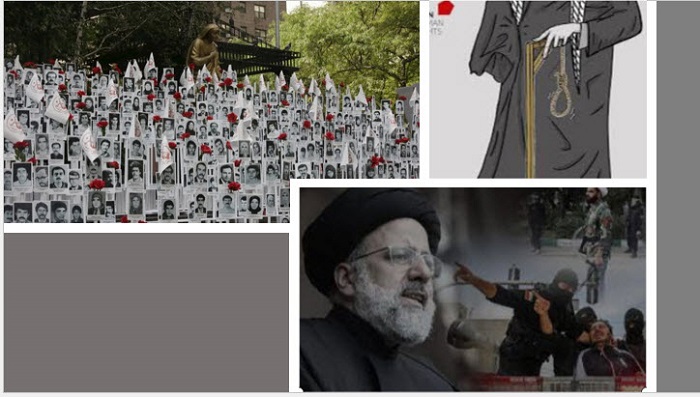
in 1988, the majority of them were members and sympathizers of the People’s Mojahedin of Iran (PMOI / MEK Iran).
Seven UN experts called the 1988 massacre “crimes against humanity
Seven UN experts called the 1988 massacre “crimes against humanity” in a letter published in December 2020. “The failure of these [international] bodies to act had a devastating impact on the survivors and families, as well as on the general situation of human rights in Iran,” the letter continued, “empowering Iran to continue to conceal the fate of the victims and to maintain a strategy of deflection and denial that continues to this day.”The dossier on this regime’s four decades of crimes against humanity and genocide, particularly the 1988 massacre of 30,000 political prisoners and the massacre of 1,500 demonstrators in 2019, must be referred to the UN Security Council, and the regime’s leaders, particularly Ali Khamenei, Ebrahim Raisi, and the Judiciary Chief, Gholam Hossein Mohseni Eje’i, must be prosecuted in an International Court, as the Iranian Resistance has long argued.
“The international community must shun this regime and end impunity for its criminal leaders,” said Mrs. Maryam Rajavi, the NCRI’s president-elect.
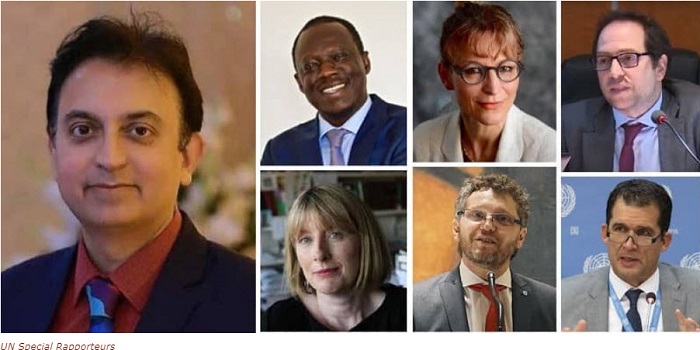
Seven UN experts called the 1988 massacre “crimes against humanity” in a letter published in December 2020.
MEK Iran (follow us on Twitter and Facebook), Maryam Rajavi’s on her site, Twitter & Facebook, NCRI (Twitter & Facebook) and People’s Mojahedin Organization of Iran – MEK IRAN – YouT

